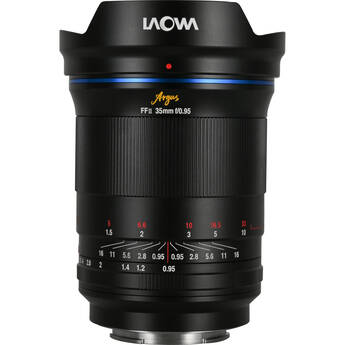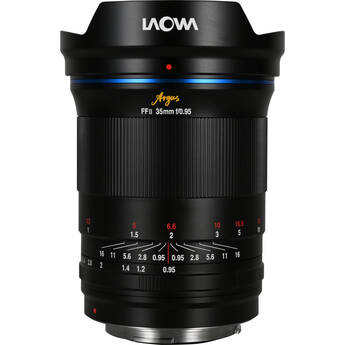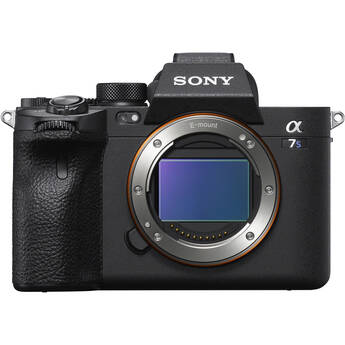Laowa Argus 35mm f/0.95 Full Frame Lens Review – Featuring Sony a7S III
Music Courtesy of Epidemic Sound
The Laowa Argus 35mm f/0.95 Full Frame lens has been announced and we were lucky enough to take it for a short spin. Is it any good? Is it easy to work with? When and for what should one use it? I hope that my review will help with answering some of these questions. Intrigued to learn more? Here is my Laowa 35mm f/0.95 review.
Laowa is one of those brands that keeps surprising me. Their “out of the box” thinking usually ends up with producing and delivering a lens that is very useful to use and on top, comfortably priced. This is why I was rather excited to put my hands on their latest creation the Argus 35mm f/0.95 Full Frame manual lens which will come to the market in a variety of mounts (Sony E, Nikon Z, and Canon RF) and at a relatively affordable price (USD899). When I was asked by Laowa which camera mount they should send me, I did not hesitate to reply “for Sony”, simply because I thought it a good opportunity to put one of the most (if not THE most) light-sensitive mirrorless cameras in the market, the a7S III together with such a fast lens. And indeed, after watching the footage I concluded that my decision to work with the Sony a7S III was right.
In case you missed our posts on the Sony a7S III – you can catch up by reading my review (including mini-documentary) and our lab test.
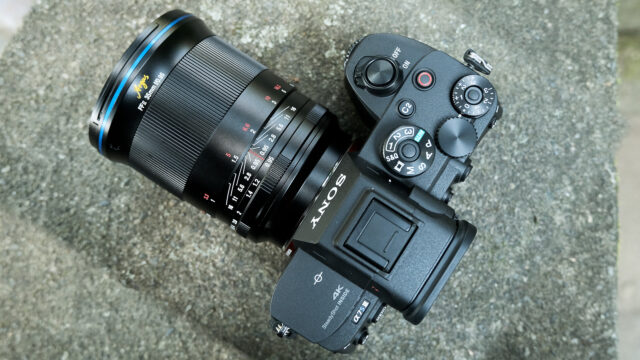
Laowa Argus 35mm f/0.95 specs
The new Laowa Argus 35mm lens comes in nice packaging and feels extremely robust. At about 755g, this lens is far from being called “lightweight”, yet, it screams “quality” from the moment you pick it up. I’m mentioning the weight here so you know what to expect if intended to use it on a gimble. I also appreciate the clutch (switch) that Laowa added to this lens as it allows choosing between dialing hard or smooth aperture stops.
The Art & Science of Lenses
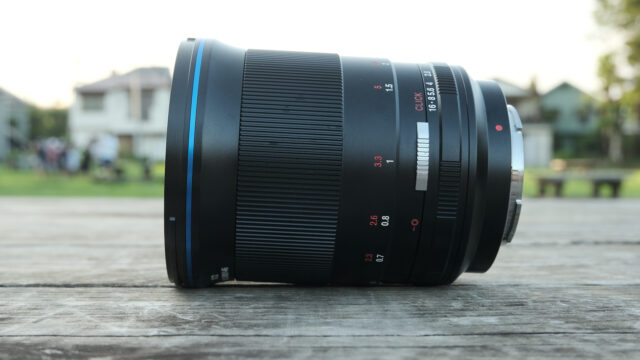
The front lens diameter is 72mm, the aperture range is from f0.95 to f16, the angle of view: 63.4 degrees, and the lens is structured in 14 elements in 9 groups. For such a fast full-frame lens, its dimensions are small!
Now that we are done with the “dry stuff”, let’s move on.
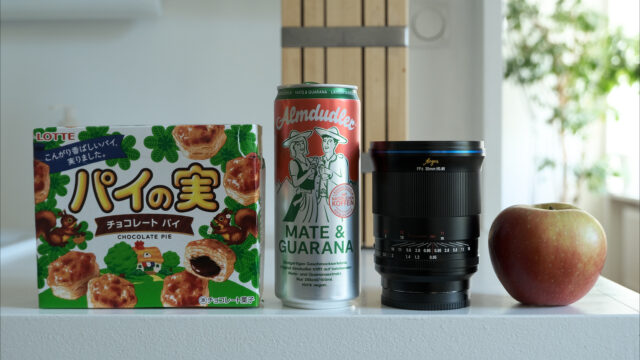
Sharpness, bokeh and focus breathing
I like the bokeh this lens produces. If you look at some of the “out of focus lights”, they will appear round and mostly smooth. BUT, if zooming into the picture, some “onion rings” elements can be spotted.
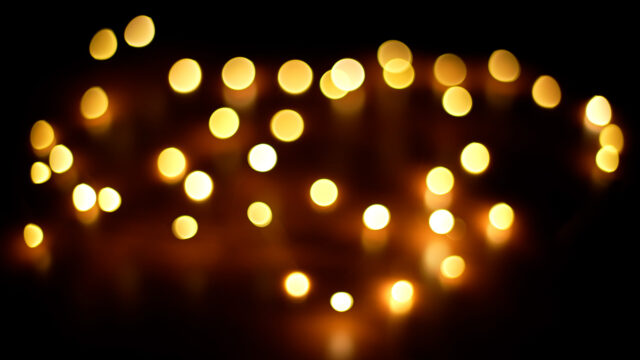
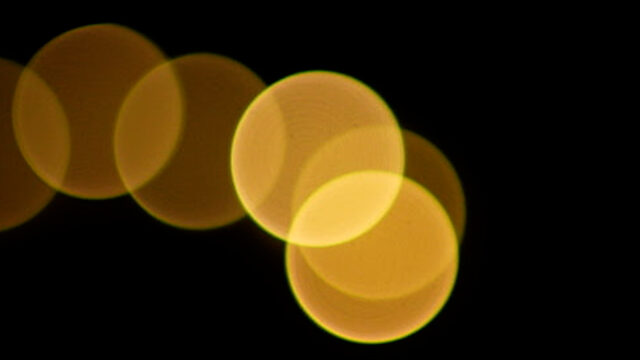
As expected, the trade-off in having such a fast lest at such a reasonable price is the lack of sharpness across the image. When looking at a resolution chart and having the lens at a fully open aperture, only the center of the image seems to be sharp. The “sweet spot” will be around f/4 where you can expect the image to be more even in terms of sharpness. (In oppose to the sharpness issue, I could not spot darker areas in my frame so it looks as if the light distribution is rather equal.)
It is nice to see that the focus breathing is kept to a minimum. It is there but in most cases not disturbing.
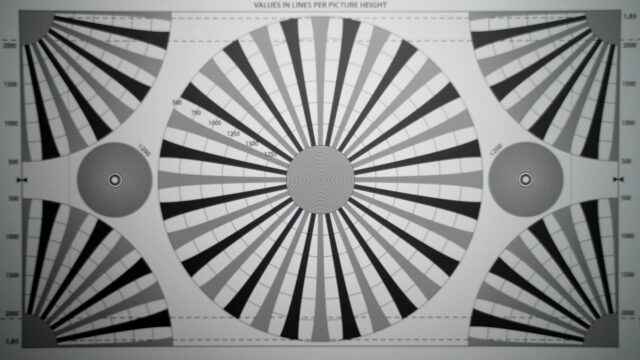
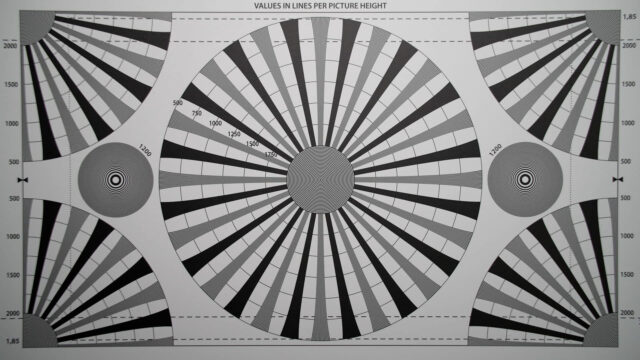
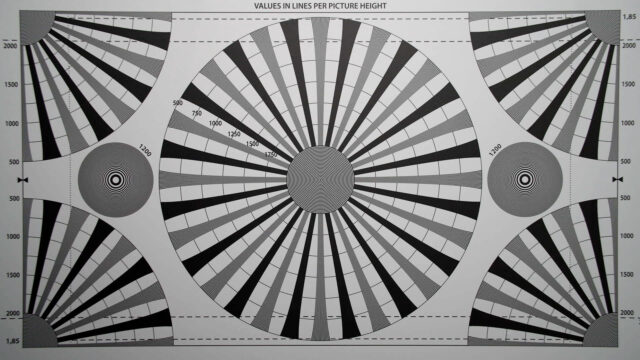
Argus 35mm f/0.95 and the Sony a7S III
The new Laowa lens and the Sony a7S III are a PERFECT match. Personally, I really like working with a full-frame 35mm lens on a full-frame sensor. The focal length is simply so appealing for so many shooting situations, be it during interviews or scenery.
We all know that one of the main selling points of the Sony a7S III is its lowlight capabilities. I’ve already tested the camera in lowlight situations but together with this new fast lens, it’s a completely different story. It’s simply amazing to see how those two pieces of equipment are actually complementing each other, and the results can be really engaging.
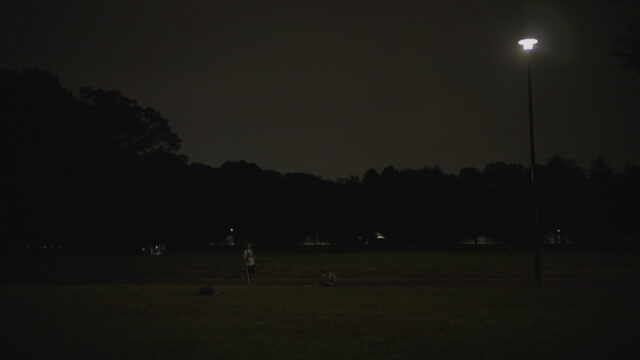
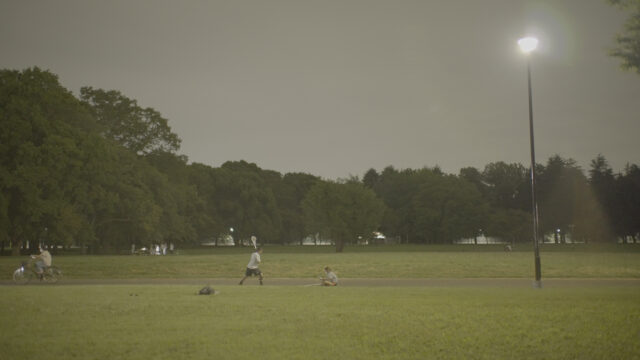
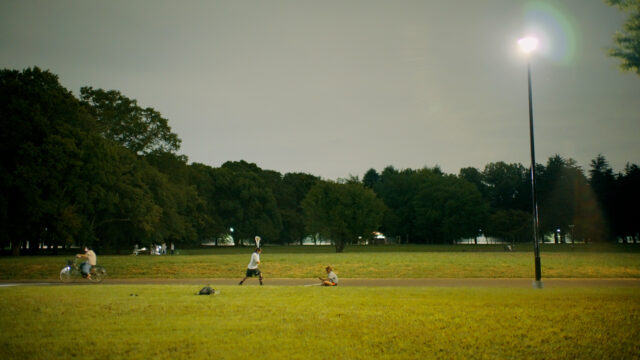
Lowlight
In the above video, you will see plenty of examples. Everything was shot between ISO 5,000 all the way up to 80,000. (With the majority of footage captured in ISO 40,000). Just to be clear, I did not try to preserve a “night atmosphere” but rather go beyond what my eye could see and by doing so, get a completely different aesthetic. Two main factors have contributed to that: The absence of the main light source (the sun) and whatever people are using to lighten up darkness (flashlights, fireworks, and such). Furthermore, with this equipment combination, I felt very comfortable working in S-Log 3 and color correct the footage by adding a customer LUT I’ve created with Fylm.ai.
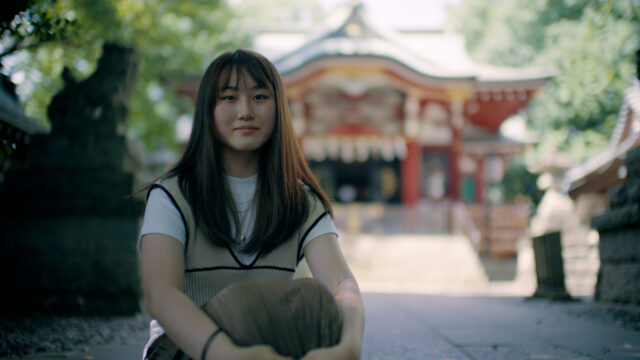
Daylight
Yes, we all know how it is. You get a fast lens and the first thing you try is to “abuse” depth of field, and as unprofessional as it sounds, this is exactly what I did… Now, in all seriousness, the advantage of having such a fast lens while filming outdoor is the freedom to control the desired image and of course the level of background blurriness. Because it’s a 35mm lens on a full-frame sensor, it is very easy to isolate objects and bodies from a relatively close distance. So in other words, if the shallow depth of field helps with your story, it is very easy to achieve it with such a lens.

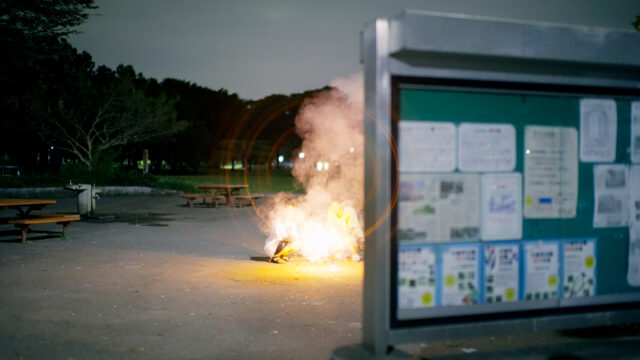
What needs extra attention
Luckily there is no such thing as a “perfect lens”… Mostly because whatever is perfect for one, is a complete no-go for someone else… BUT, with this new lens, there are a few points that need to be taken into consideration.
- Very strong and obvious rainbow when the lens meets a direct source of light. Being a fast lens, it will be frequently used in places where staged or unstaged lights are being used, so please be aware of this limitation when composing your frame. And by the way, it can be that some will actually like this “rainbow” phenomina and deliberately point the center of the lens towards the light source for “out of the ordinary creativity”
- The lens will NOT close its aperture blades completely. I’m pointing it out in case you are planning to execute “camera black balance” with this lens – it won’t be possible, unless, you have the lens cap attached.
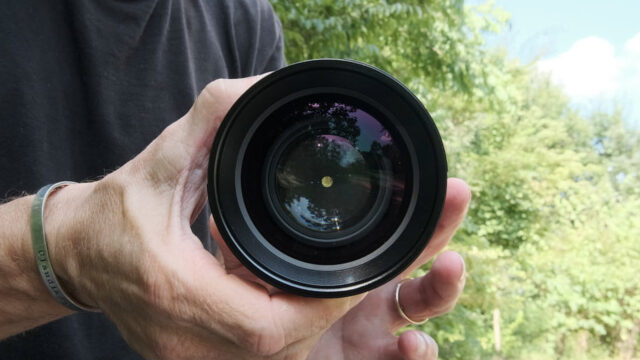
- The focus rotation is 300 degrees. Good for follow focus attachments but less good for solo run & gun operators who use their hands on the lens.
- The minimum focus distance is 0.5m. Not a deal braker but can of course cause certain limitations in some shooting scenarios.
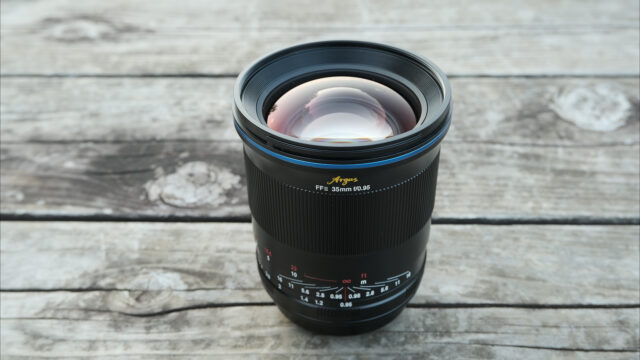
Conclusion
All in all, the Argus 35mm f/0.95 lens is a unique lens. Yes, it has its limitations, yet, it’s truly fun to work with. I love the built quality and I love the “freedom of expression” this lens allows. Team it up with the Sony a7S III and you get a powerful duo that complements each other perfectly! As a documentary filmmaker I would love to have that kind of lens on me at all times as it can simply “save the day” when it comes to filming in low light situations, and of course artistically “shape the frame” when there is plenty of light, and urge to isolate the filmed object easily and effectively.
What are your thoughts regarding the new Laowa Argus lens? Can it be useful for the type of work you are doing? Please share with us your thoughts in the comment section below.
